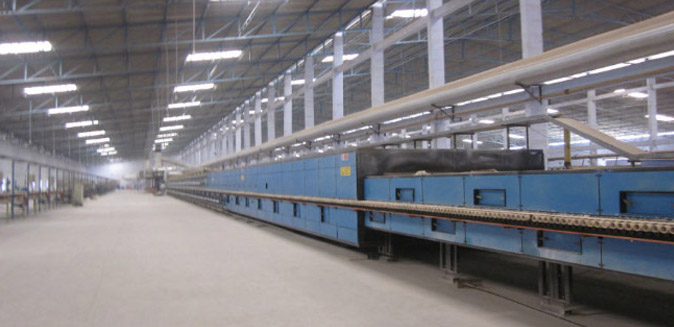14 December, 2016
Visit to renowned UNESCO heritage sites such as Dholavira (Kutch), Modhera (Mehsana) and Rani ki vav (Patan)
Dholavira (Kutch)
.jpg)
- Dholavira is the larger of the two most remarkable excavations of the Indus Valley Civilization or Harappan culture, dating back to 4500 years ago.
- It is one of the five largest Harappan sites and most prominent archaeological sites in India belonging to the Indus Valley Civilization. It is also considered as having been the grandest of cities of its time.
- Along with ancient Egypt and Mesopotamia it was one of three early civilizations of the Old World, and of the three most widespread. It flourished in the basins of the Indus River, one of the major rivers of Asia, and along a system of perennial, mostly monsoon-fed, rivers.
Modhera (Mehsana)
.jpg)
- Sun Temple, Modhera, at Modhera in Gujarat, is a temple dedicated to the Hindu Sun-God, Surya. It is situated on the bank of the river Pushpavati, 25 km from Mehsana and 102 km from Ahmedabad.
- It was built in 1026 AD by King Bhimdev of the Solanki dynasty.
Rani ki vav (Patan)
.jpg)
- Rani ki vav is an intricately constructed stepwell situated in the town of Patan in Gujarat, India. It is located on the banks of Saraswati River. Rani ki vav was built as a memorial to an 11th century AD king.
- A UNESCO World Heritage Site, the stepwell, which had been constructed in the third millennium BC, is a subterranean water resource and storage system.
- Rani ki vav was built in the complex Maru-Gurjara architectural style with an inverted temple and seven levels of stairs and holds more than 500 principle sculptures.
15 December, 2016
Visit to 6 factories of ceramics tiles and sanitary-ware in the cluster hub of Morbi, India's nerve-center for ceramics and sanitary-ware manufacturing





.jpg)
.jpg)
.jpg)

